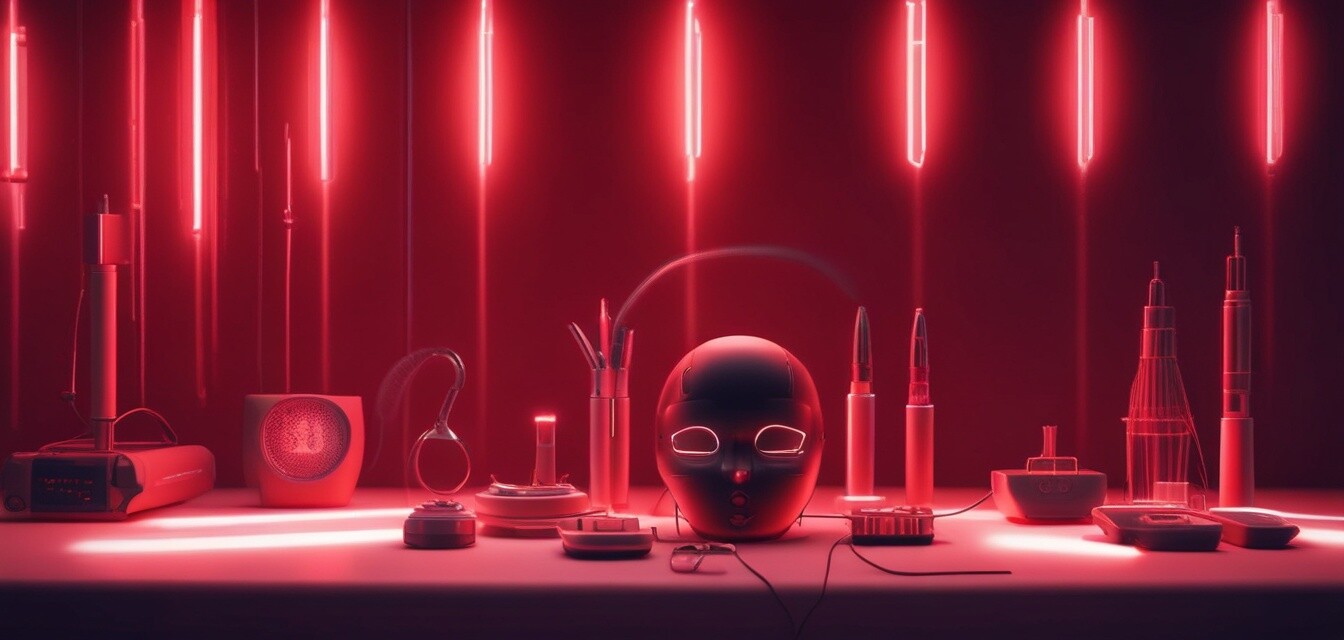
Global Perspectives on Red Light Therapy Usage
- Red light therapy is gaining traction across various cultures.
- Usage varies in treatment applications and device types.
- Awareness and acceptance are enhancing the therapy's popularity.
- Innovative products are emerging in the market globally.
- Understanding these trends is important for consumers.
In recent years, red light therapy has surged in popularity across the globe. Different cultures are not only adopting this innovative technology but also prescribing it as part of their wellness routines. In this article, we will delve into how various countries and cultures utilize red light therapy to enhance health and wellness.
Understanding red light therapy
Red light therapy involves the use of low-level wavelengths of red light to improve various health outcomes, including skin health and overall well-being. While the technology originated several decades ago, its acceptance has proliferated as research has unveiled its potential.
Cultural adoption of red light therapy
Let's explore how red light therapy is being embraced in different parts of the world:
| Region | Usage | Devices Popular |
|---|---|---|
| North America | Home treatments and professional settings | Face masks, therapy wraps, and light therapy wands |
| Europe | Cosmetic and recovery applications | Therapy mats and handheld devices |
| Asia | Wellness and aesthetic purposes | Therapy gloves and red light foot therapy devices |
| Australia | Fitness and recovery enhancements | Portable wands and therapy wraps |
Emerging trends in red light therapy
The adoption of red light therapy is not just limited to its use but also includes several emerging trends that make it more accessible and appealing worldwide. Here are a few noteworthy trends:
- Increased availability of products designed for home use.
- Development of multifunctional devices, combining various therapies.
- Growth in awareness campaigns supported by wellness influencers.
- Research and clinical trials expanding into new applications.
The future of red light therapy
As technology advances and the world becomes more health-conscious, red light therapy is expected to continue evolving. Here’s a glimpse of what the future may hold:
- Integration into personal health regimes as a standard practice.
- More scientific backing and studies corroborating its effects.
- Integration into spa and therapeutic practices globally.
- Potential government regulations ensuring device safety and efficacy.
What lies ahead?
As we have seen, global perspectives on red light therapy reveal a budding trend that emphasizes wellness and personal health. Monitoring these cultural shifts not only enriches our understanding but also helps in making informed decisions about incorporating red light therapy into our lives.
Tips for beginners
- Start with lower intensities to assess personal tolerance.
- Consult professionals if unsure about device usage.
- Select devices that fit your specific needs—whether at home or for on-the-go use.
- Understand that results may vary and patience is key.
Pros
- Wide range of applications across cultures.
- Accessible devices for home use.
- Continuous innovations in product development.
- Low risk of side effects when used properly.
- Generally promotes a sense of well-being.
Cons
- Effectiveness can vary among individuals.
- Limited understanding in some regions.
- Initial setup costs for high-quality devices.
- Not a substitute for traditional medical treatments.
Learn more about red light therapy
If you're interested in exploring more about red light therapy and the various devices available, check out our other informative sections:
- Face Masks - Explore options designed for facial treatments.
- Light Therapy Wands - Understand how portable devices can enhance your therapy.
- Red Light Foot Therapy - Discover how this niche is growing in popularity.
- Buying Guides - Get insights on choosing the right devices for your needs.
- News & Trends - Stay updated with the latest advancements in red light therapy.